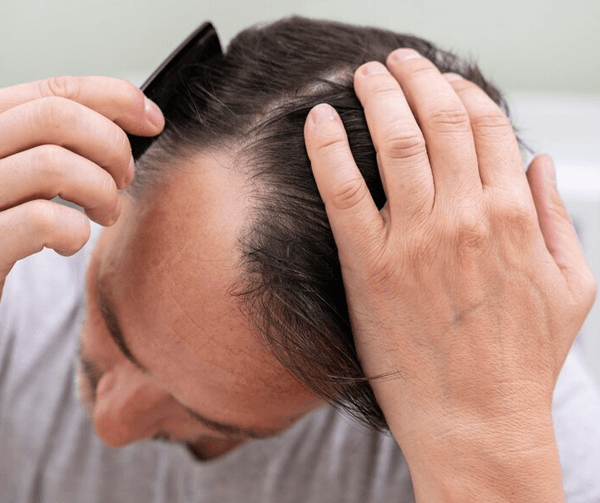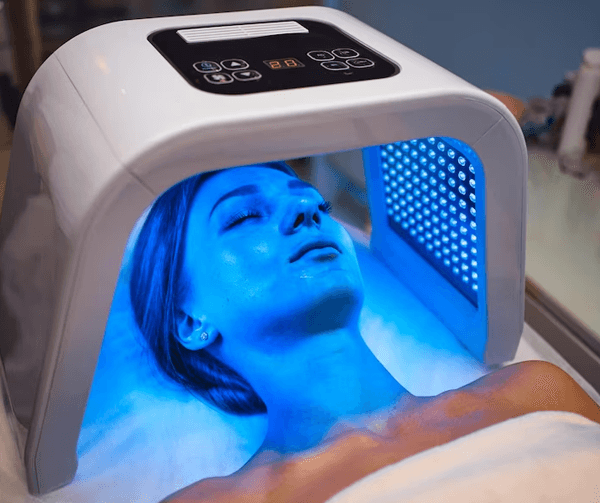The A to Z of Rhinoplasty (Nose Reshaping) – Part 1
Dr. Lokesh Kumar | May, 2 2016 | 0 Comments
There are several things on a face that can attract attention – it could be a dazzling smile, it could be deep blue eyes or it could be a dimple in the cheeks. However, if even one of them is disproportionate, the entire structure of the face could go haywire and the same holds true for the nose. A sharp straight nose is important for a face to look beautiful, which is perhaps why a lot of people choose to get a nose job done, when they feel that there is something wrong.
The science of rectifying an incorrect or disproportionate nose is called rhinoplasty. The procedure can be used to correct the shape of the nose, reconstruct it or restore function, should the nose have been damaged due to an accident or trauma. In very simple terms, in a rhinoplasty, the surgeon will try to create a nose that is proportionate to the face, by creating a separation between the soft tissue and the nasal skin and the bone or cartilage of the nose.
In this article and the next one, we will take a look at the past and present of rhinoplasty, as well as the procedures and possible risks.
History of rhinoplasty:
The very first references to rhinoplasty can be found in ancient Egyptian texts dating back to 3000 BC. There are detailed references to how this procedure can be conducted in books written by Sushruta, a renowned medical practitioner from ancient India. As a matter of fact, his books talk about reconstructing nose, ears and even genitalia with the help of surgical procedures and it is here that we see the foundation of free graft rhinoplasty. Even the Roman empire knew and practised surgery for the rectification of the nose and other parts of the body.
What rhinoplasty does:
Here is what rhinoplasty can do:
- It can augment facial congruence
- It can facilitate better breathing
- It can increase or decrease the width of the nasal bridge
- It can alter the size of the nostrils
- It can handle bumps or depressions that might be visible on the nose
- It can straighten a hooked or upturned nasal tip
It is important to understand that very few noses are perfect; there is bound to be some imperfection. Rhinoplasty is meant to correct only major problems.
Open rhinoplasty versus closed rhinoplasty:
There are actually two types of rhinoplasty – open and closed, each has its own set of pros and cons and the decision on which need to be done for whom, depends completely on the approach of the surgeon. It is the approach while making the incision that decides whether the surgery is an open one or a closed one.
Open rhinoplasty – A small incision is made on the columella, which is the exterior part of the septum. This incision is made in addition to the normal incisions that would be made for such a procedure.
Closed rhinoplasty – The entire procedure is performed inside the nose and there are no cuts or incisions on the columella.
It is the mainly the columellar incision that differentiates the open and closed versions of the rhinoplasty, however, there are a few other differences in the closed version, such as:
- Lesser incisions, which means lesser sutures
- Lesser need for cutting the nasal tip
- More possibilities for technical variations
- Lesser edema post-surgery
- Lesser chances of causing unwanted damage to the nasal area
- Lesser time in the operating room and faster recovery
- Lesser scarring
The major types of rhinoplasty:
- Primary – The very first time a rhinoplasty is conducted for either better functioning, reconstruction or correction.
- Secondary – When a second rhinoplasty has to be conducted, because the primary surgery did not have the desired results. This is also known as revision rhinoplasty. Normally, secondary rhinoplasty procedures are much more complicated, because for the first one, the actual structure of the nose would have been altered. So, in order to have the desired results, the surgeon will have to recreate the support systems from scratch. The cartilage for the grafts might have to be harvested from the rib cage or the ears.
- Nasal reconstruction – As the name suggests, this type of surgery is about reconstructing what might have gotten damaged. The damage could include displaced or broken bones in the nose, displaced cartilage, collapsed nasal bridges, defects that have been present since birth, autoimmune disorders, trauma or accident as well as failure in the primary surgery.
Major reasons for nasal reconstruction:
- Birth defects or deformities – In many cases, the nose is deformed from birth and the only way to bring it back to normality is to conduct a rhinoplasty on the same. many a times, such a surgery is required to allow the person to breathe normally. Even cleft lips or cleft palates could alter the structure of the nose, requiring corrective surgery. Normally, in such cases, the deformed tissues are removed and using the underlying cartilage for support, a more accurate nose is created.
- Obstruction in airways – In certain cases, the nose might seem pinched, which means that the nasal passage would be very tight, leading to trouble in breathing. With a concise grafting technique, the airways will be freed and breathing should become easier.
- Nasal defects caused due to trauma – An accident could also cause change in the nasal structure or even the complete breakage of the bridge.
- Perforation in the septum – Certain autoimmune conditions such as sarcoidosis, relapsing polychondritis and Churg-Strauss Syndrome could lead to a situation where the saddle of the nose needs to be reconstructed. Grafts from the bone or cartilage are used to recreate the same.
- Rhinophyma – When the skin of the nose becomes infected due to acne rosacea, there is no choice but to undergo rhinoplasty.
- Skin cancer – This is perhaps the most common non-cosmetic reason for rhinoplasty. In many cases of cancer, there are lesions on the nose, which lead to damage of the nasal structure. This particular type of cancer is more common in people who are in the advanced stages of their life or live in areas where they are constantly exposed to the sun. When there is excision of skin that has been affected by the cancer, normally, it is the Mohs’ chemosurgical technique that is used. The affected skin is removed and pedicle flaps or skin grafts are used to create a tighter, cleaner look.
In the next article, we will continue to look at other aspects of rhinoplasty.






